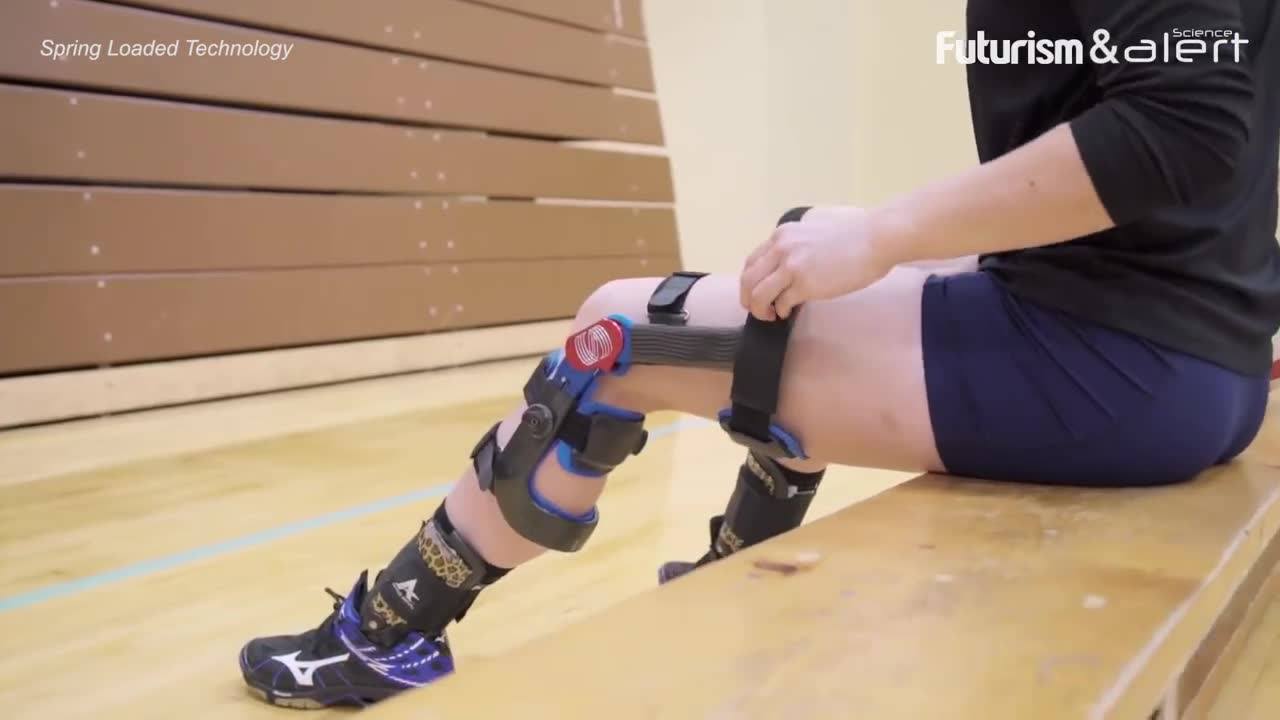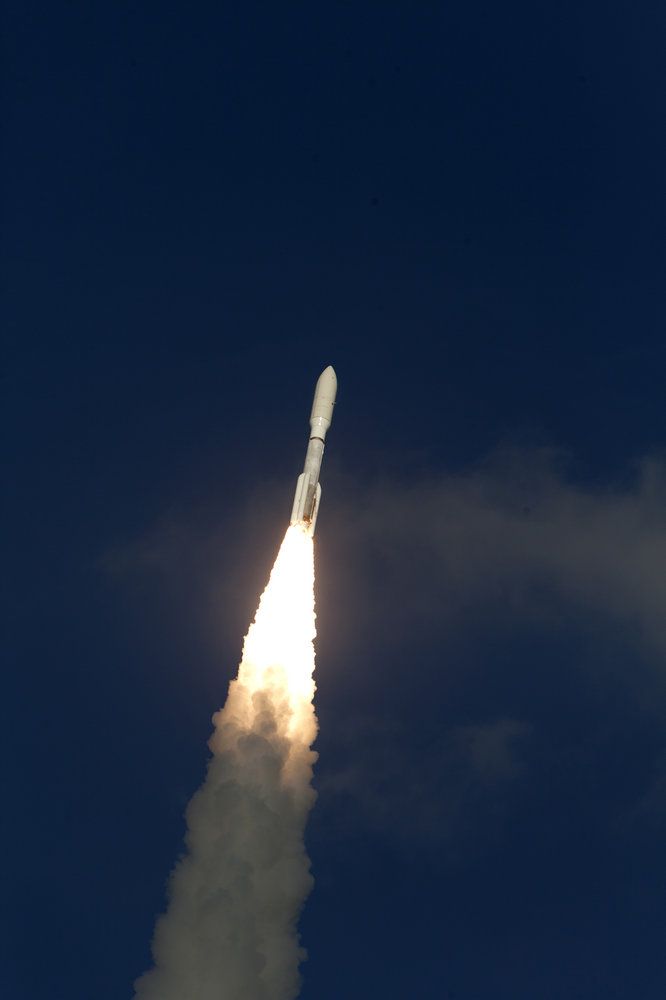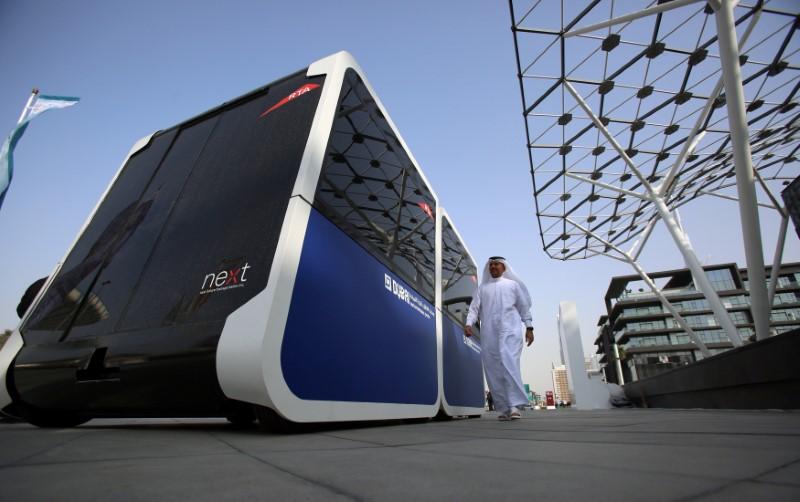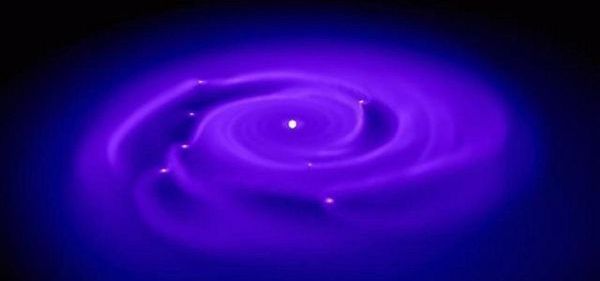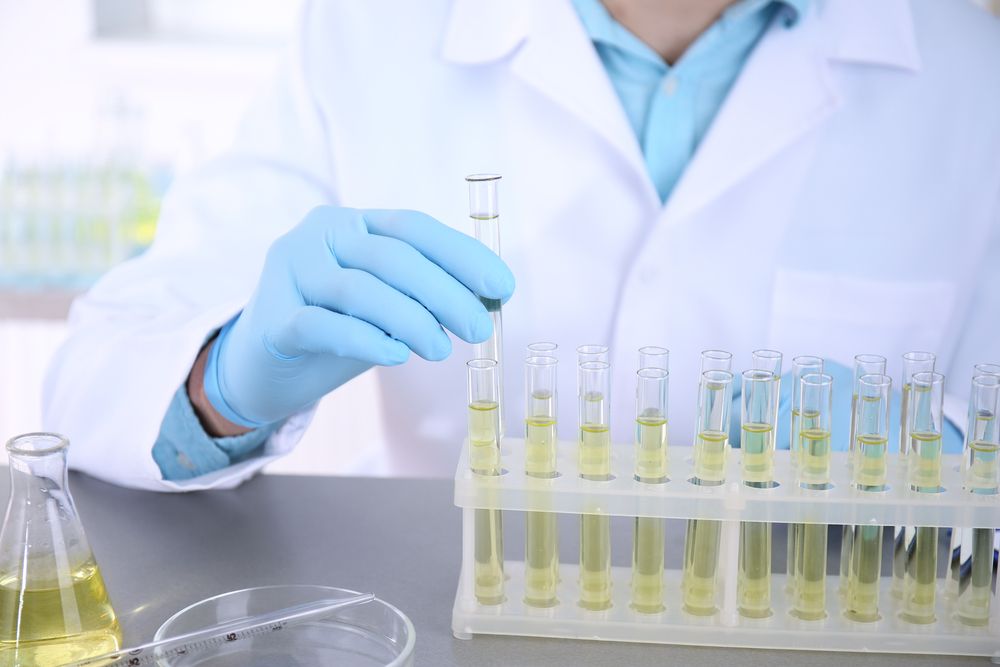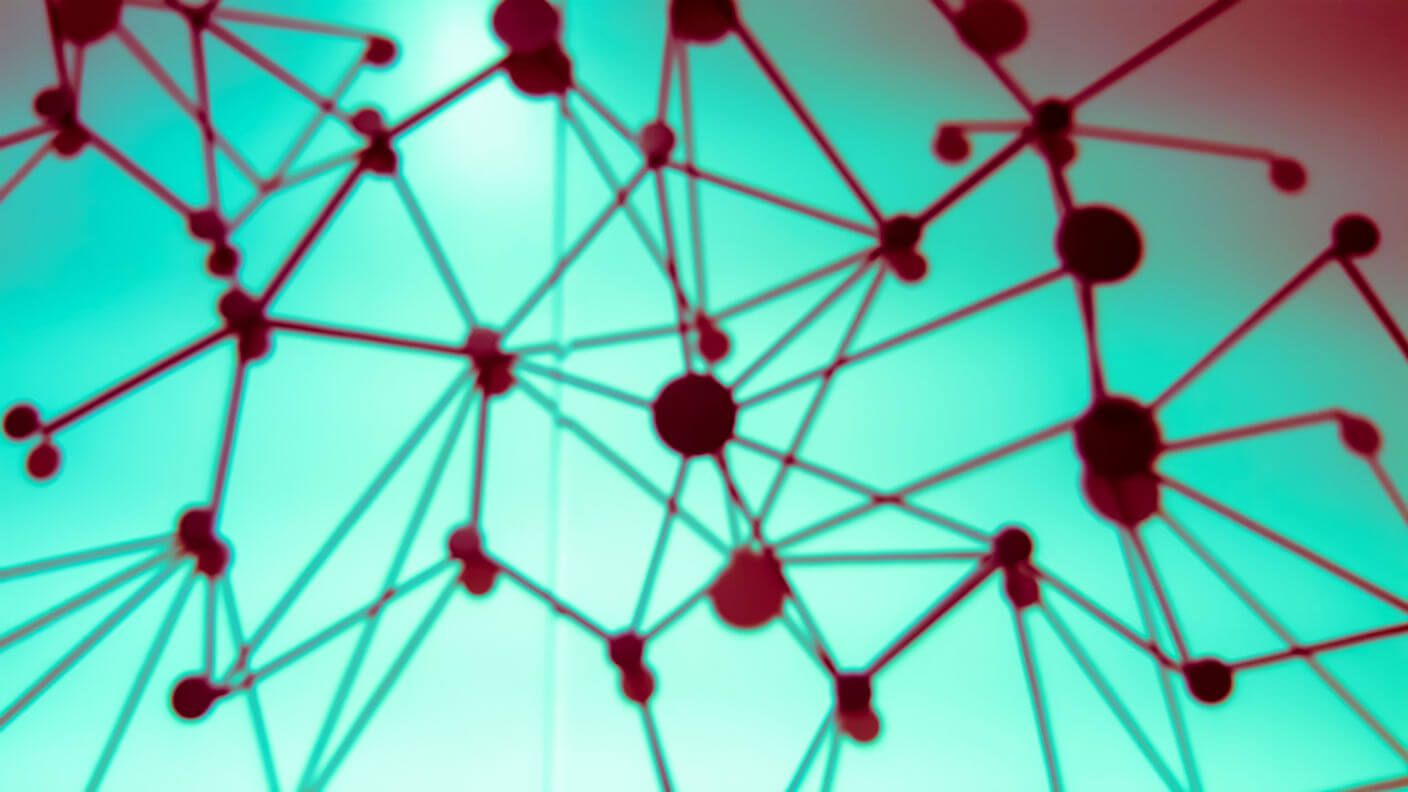Page 9453
Mar 1, 2018
A Star Passing The Black Hole at The Centre of Our Galaxy Is About to Test Einstein’s Theory
Posted by Genevieve Klien in category: cosmology
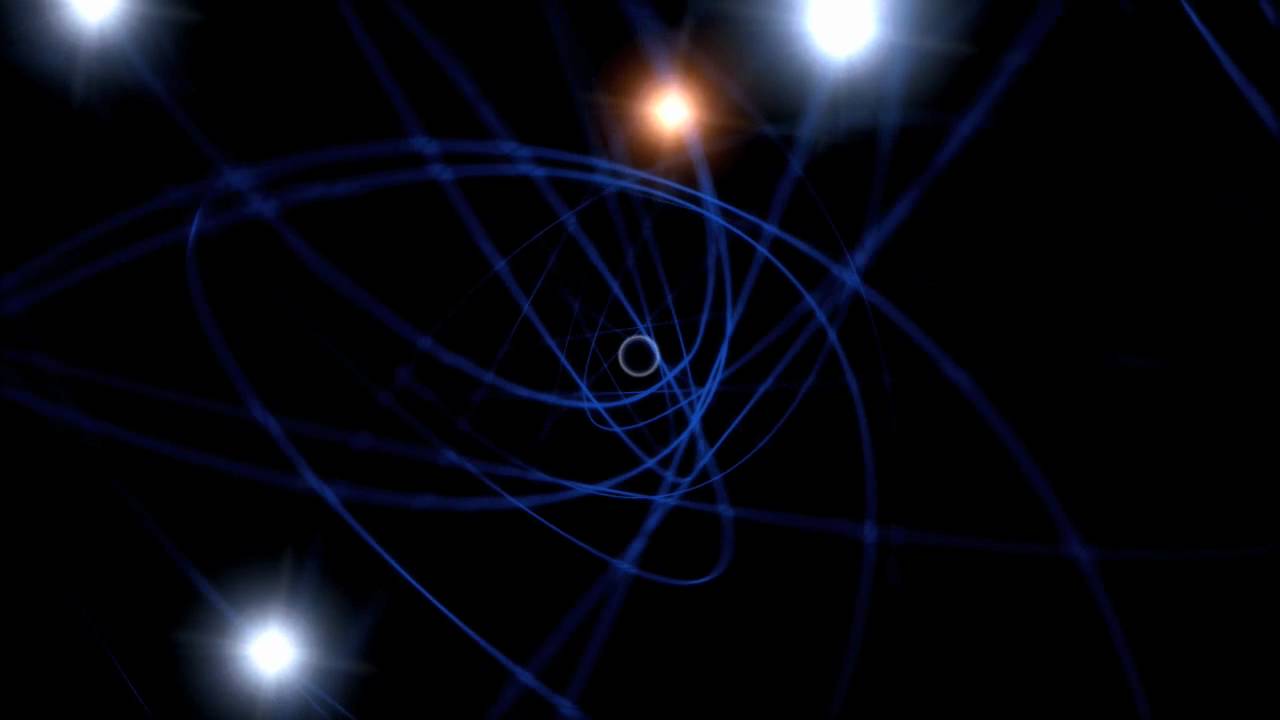
In a few months, astronomers are going to be pointing their telescopes to Sagittarius A*, the supermassive black hole at the centre of our galaxy.
That’s because it’s going to be buzzed by a closely orbiting star — providing another context for testing Einstein’s theory of general relativity.
Mar 1, 2018
Google’s new Song Maker tool lets you create original music right in your browser
Posted by Genevieve Klien in category: media & arts
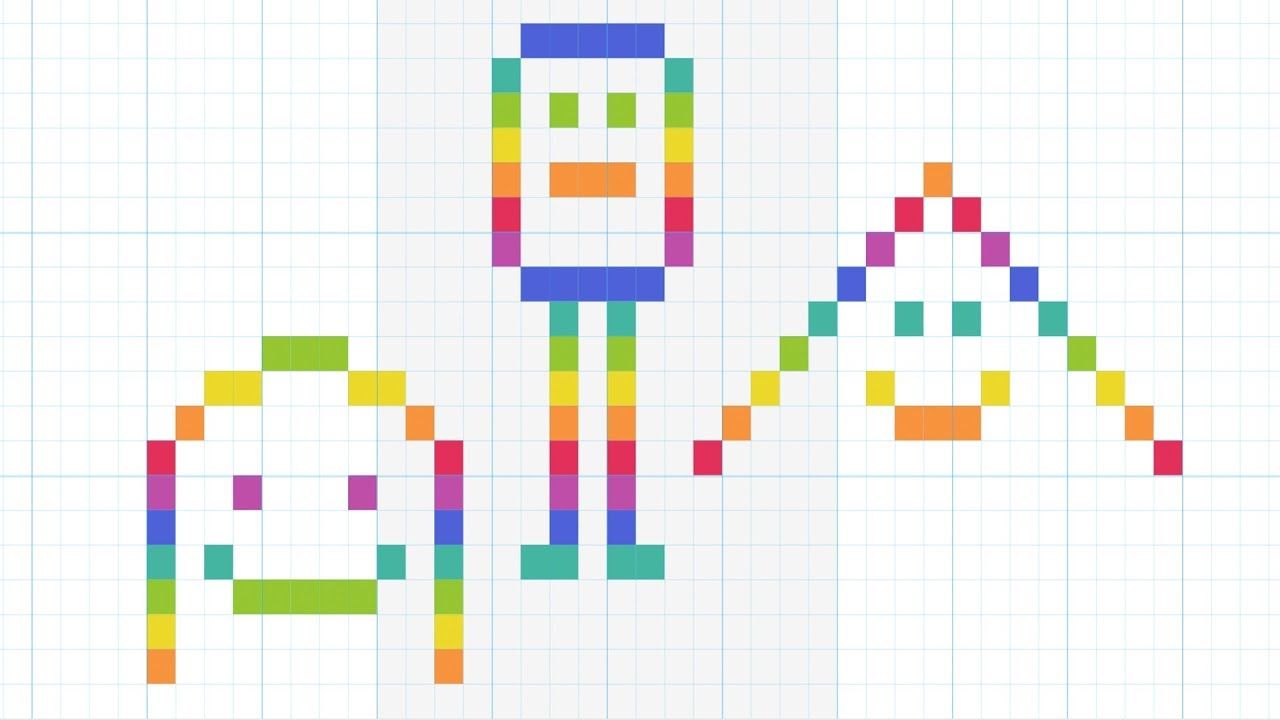
Google believes you don’t have to be a virtuoso to make decent music as evident by their Chrome Music Lab initiative. If you’re not aware, Chrome Music Lab is, in Google’s own words, “a website that makes learning music more accessible through fun, hands-on experiments.”
The latest of these experiments is Google’s “Song Maker” tool which, as the name suggests, allows you to create your own unique melodies quickly and easily from within your mobile or desktop browser. To use Song Maker, simply visit the official experiment page and begin “painting” notes on the large grid provided by Google.
Mar 1, 2018
Asteroid Institute adds Google Cloud and AGI as tech partners for asteroid tracking
Posted by Genevieve Klien in categories: mapping, robotics/AI, space
![]()
Google Cloud and AGI (a.k.a. Analytical Graphics Inc.) have gotten on board with the B612 Asteroid Institute to develop a cloud-based platform for keeping track of asteroid discoveries.
The two companies have become technology partners for the Asteroid Decision Analysis and Mapping project, or ADAM, which aims to provide the software infrastructure for analyzing the trajectories of near-Earth objects, identifying potential threats, and sizing up the scenarios for taking action if necessary.
Mar 1, 2018
Next-Generation Weather Satellite Launches to Track Extreme Storms
Posted by Genevieve Klien in category: satellites
A powerful new weather satellite launched today (March 1) from Cape Canaveral Air Force Station in Florida, heading toward a perch above the eastern Pacific Ocean to monitor extreme weather as it develops.
The satellite, called GOES-S (Geostationary Operational Environmental Satellite-S), lifted off on ULA’s Atlas V rocket at 5:02 p.m. EST (2202 GMT).
The National Oceanic and Atmospheric Administration (NOAA) will operate GOES-S in partnership with NASA. The Lockheed Martin-built satellite will join GOES-East, currently in orbit, to provide a broad, high-definition view of weather on Earth. It is the second in a series of four advanced weather satellites that will reside in geostationary orbit — hanging in place over one spot on Earth as they orbit and the world turns. [GOES-S: NOAA’s Next-Gen Weather Satellite in Photos].
Continue reading “Next-Generation Weather Satellite Launches to Track Extreme Storms” »
Mar 1, 2018
Dubai tests autonomous pods in drive for smart city
Posted by Genevieve Klien in categories: robotics/AI, transportation
DUBAI (Reuters) — Dubai has begun testing autonomous pods in a trial run the Gulf’s trade and tourism hub hopes will help its transformation into one of the smartest cities in the world.
Officials from Dubai’s Roads and Transport Authority (RTA) displayed two cube-shaped vehicles built by U.S.-based Next Future Transportation company in Italy as they spun around on a main street in Dubai.
Passersby stopped to try out the six-seat vehicles and question the Italian engineers overseeing the test.
Continue reading “Dubai tests autonomous pods in drive for smart city” »
Mar 1, 2018
Crick and Watson decipher the DNA
Posted by Genevieve Klien in category: biotech/medical
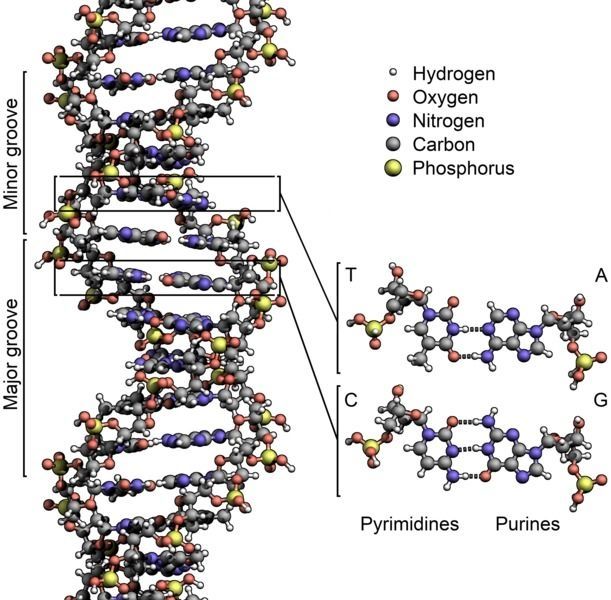
On February 28, 1953, American molecular biologist James D. Watson and English biophysicist Francis Crick announced to friends that they succeeded to determine the chemical structure of DNA.
Already in the 19th century biochemists were able to isolate DNA and RNA from the cell nuclei mixed together. They later found out that DNA and RNA had to be distinct from each other. The nuclein was identified by Friedrich Miescher in 1869 and he later on isolated the pure DNA from a salmon’s sperm. The term ‘nucleic acid’ was then coined by Richard Altmann and it was only found in the chromosomes. The Lithuanian-American biochemist Phoebus Levene at Rockefeller Institute made further achievements concerning the DNA’s structure, showing that its components, the sugar and phosphate chain were linked in the order phosphate-sugar-base. Each of these was named nucleotide and the scientist assumed that the DNA molecule consisted of a string of nucleotide units, which were linked together through phosphate groups.
Mar 1, 2018
Why Do All The Planets Orbit In The Same Plane?
Posted by Genevieve Klien in category: space
Mar 1, 2018
Potential New Aging Biomarker in Urine
Posted by Steve Hill in categories: biological, life extension
A potential new biomarker of aging has been discovered by researchers. This substance, found in urine, indicates oxidative damage that could be used to determine how much someone has aged biologically.
Why do we need biomarkers of ageing?
It is important for us to develop accurate and reliable biomarkers of aging, as these can show us how much we have aged biologically rather than chronologically. If we know how we are aging on a biological level, it can help to inform our healthcare strategy.
Mar 1, 2018
Putting AI in Your Pocket: MIT Chip Cuts Neural Network Power Consumption
Posted by Shailesh Prasad in categories: mobile phones, robotics/AI
Neural networks are powerful things, but they need a lot of juice. Engineers at MIT have now developed a new chip that cuts neural nets’ power consumption by up to 95 percent, potentially allowing them to run on battery-powered mobile devices.
Smartphones these days are getting truly smart, with ever more AI-powered services like digital assistants and real-time translation. But typically the neural nets crunching the data for these services are in the cloud, with data from smartphones ferried back and forth.
That’s not ideal, as it requires a lot of communication bandwidth and means potentially sensitive data is being transmitted and stored on servers outside the user’s control. But the huge amounts of energy needed to power the GPUs neural networks run on make it impractical to implement them in devices that run on limited battery power.
Continue reading “Putting AI in Your Pocket: MIT Chip Cuts Neural Network Power Consumption” »
